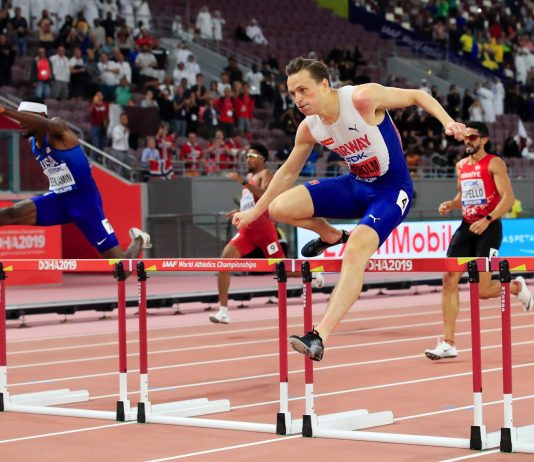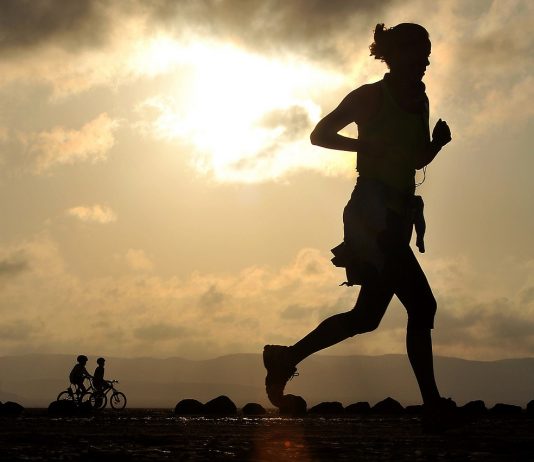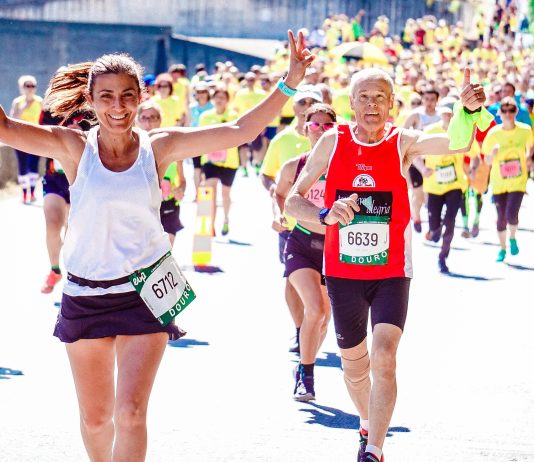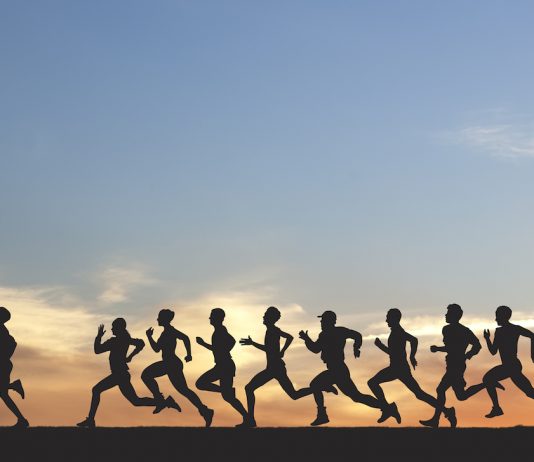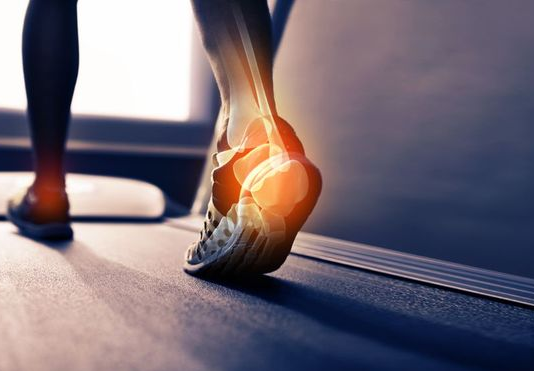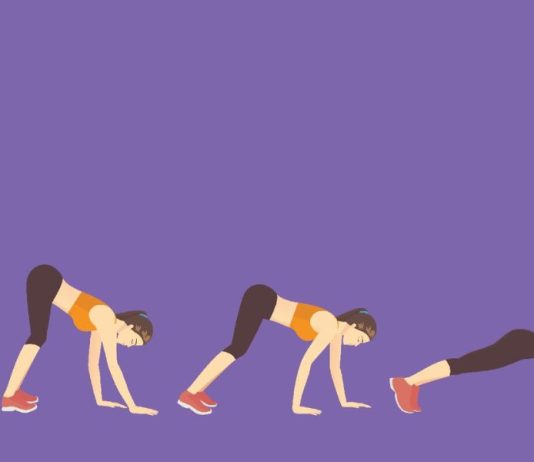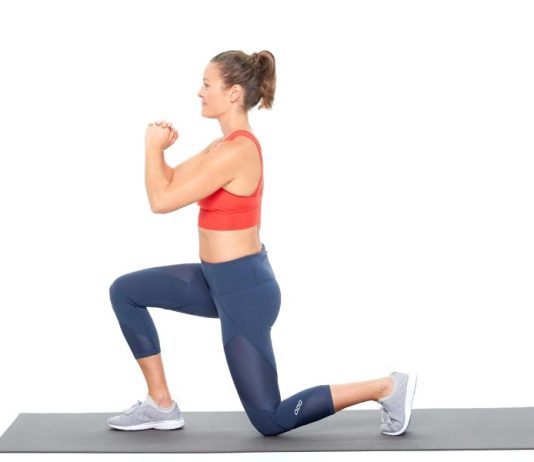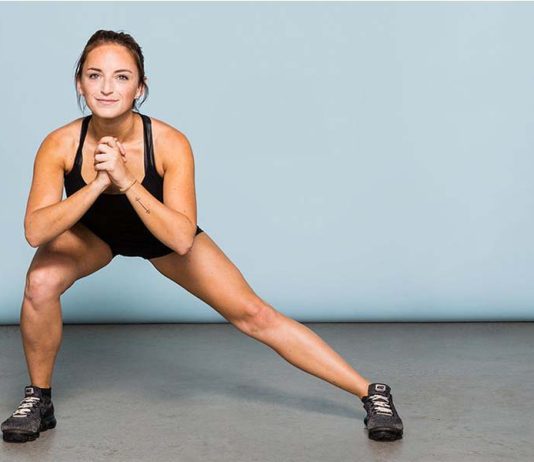Norway, celebrated for its Winter Olympics prowess, traditionally excels in mid-distance running and field events. Legendary athletes like Grete Waitz, Ingrid Kristiansen, and the Ingebrigtsen family have left an indelible mark in these disciplines. However, Karsten Warholm is rewriting the narrative, ushering in a new era of Norwegian sprinting.
Trail running, a sport that offers the exhilaration of traversing rugged landscapes and taking in breathtaking views, also presents its own set of unique challenges, particularly when it comes to recovery. Whether you're a seasoned trail runner or just embarking on your trail adventure, it's essential to distinguish between fact and fiction regarding recovery. In this article, we will explore seven prevalent myths about recovery for trail runners, drawing insights from experienced coaches and professional trail and ultra runners.
Two and a half decades ago, a defining study in 1997 involving 236 age-group swimmers introduced us to the concept of athlete burnout. It unveiled a mental health disorder characterized by emotional and physical exhaustion, dwindling achievements, and a fading passion for the sport. These symptoms align remarkably well with the definition of occupational burnout. These dimensions can affect athletes to varying degrees.
Trail running, a sport cherished for its simplicity and purity, beckons enthusiasts to don their shorts, lace up their shoes, hydrate, and immerse themselves in the natural world. Yet, as the outdoor lifestyle gains traction, a burgeoning market of accompanying gear threatens to overshadow this cherished simplicity. Among the array of equipment, one addition stands out as an invaluable asset for mountain runners: running-specific trekking poles.
For those who've reached the milestone of 50 and beyond, the world of running takes on a unique blend of allure and caution. While it's no secret that the risk of injuries tends to escalate with age, there's no need to bid farewell to your running ambitions. By adopting prudent measures, you can continue to relish the joys of jogging well into your 80s and beyond, ensuring a vibrant and active lifestyle.
It is crucial to investigate the underlying psychological dynamics motivating long-distance runners' resolve in the modern world, where the attractiveness of endurance sports is expanding. The International Journal of Sport and Exercise Psychology recently published an investigation that sheds light on the complex relationship between extreme complications from ultramarathons, stays in intensive care units, exercise dependency, and the unique personality traits of athletes. This analysis highlights the fact that, despite trail and ultrarunning being frequently seen as admirable endeavors, some athletes push these hobbies to the limit, leading to serious medical consequences.
Sports Injuries and Regenerative Medicine: Getting Athletes Back in the Game Faster
Runnerstribe Admin -
There's nothing more debilitating for an athlete than an injury that keeps them sidelined. It's not just the physical pain they have to contend with, but also the mental stress of not being able to compete and perform at their very best.
Fitness enthusiasts and health experts increasingly turn to dynamic stretching as a crucial component of their pre-workout routine. Jessica Chellsen, DPT, CSCS, a respected physical therapist and the visionary behind Vibrant Coast Physical Therapy & Wellness, lauds the benefits of this active form of stretching. Dynamic stretching involves moving your muscles and joints through their full range of motion, engaging your entire body, and replicating movement patterns specific to your chosen sport or exercise.
Gone are the days when pre-workout warm-ups consisted of long, static stretches, evoking memories of '90s kids clad in school colors performing awkward hurdler poses before their coach-mandated mile jog. Exercise science has revolutionized the way we prepare our bodies for physical activity, introducing a game-changing approach: the dynamic...
Many runners neglect stretching, opting for token quad stretches before a race or park run just because it seems like the right thing to do or because everyone else is doing it. However, an effective pre-run stretching routine involves dynamic stretching, which can have significant positive effects on your entire body and running performance. Besides improving range of motion, dynamic stretching can also help prevent injuries and boost your VO2 max.







